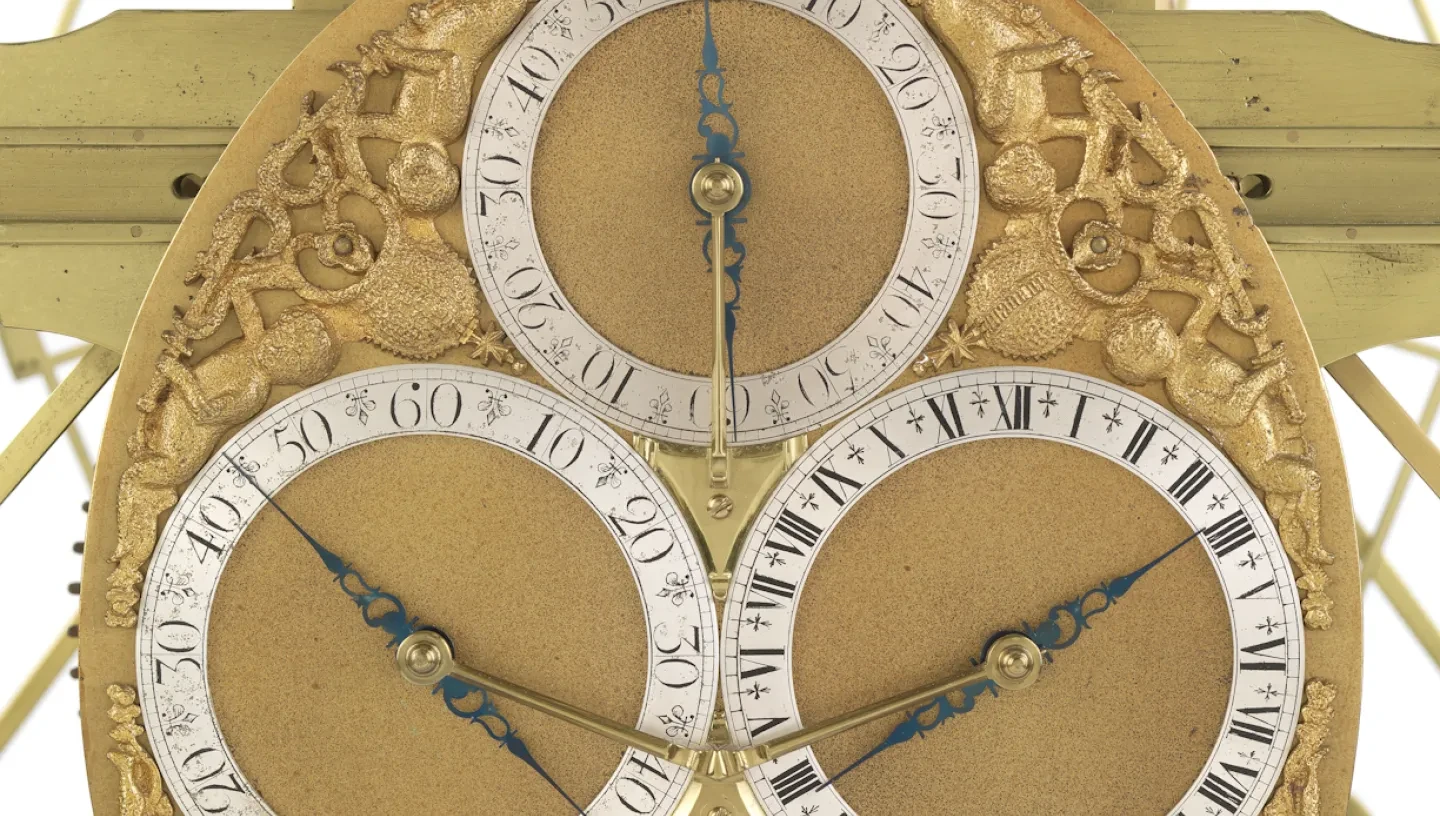
Why are there 12 months in the year?
Julius Caesar's astronomers explained the need for 12 months in a year and the addition of a leap year to synchronize with the seasons. At the time, there were only ten months in the calendar, while there are just over 12 lunar cycles in a year.
The months of January and February were added to the calendar and the original fifth and sixth months were renamed July and August in honour of Julius Caesar and his successor Augustus.
These months were both given 31 days to reflect their importance, having been named after Roman leaders.
Which years are leap years and can you have leap seconds?
Why seven days in a week?
While months, years and days can be directly related to astronomical events like the rotation of the Earth around its axis or a complete orbit of the Sun, a week is a curious 23% of a lunar month. Nevertheless, it has been used for millennia from China to India, the Middle East and Europe.
Our use of the seven-day week can be traced back to the astronomically gifted Babylonians and the decree of King Sargon I of Akkad around 2300 BCE. They venerated the number seven, and before telescopes the key celestial bodies numbered seven (the Sun, the Moon and the five planets visible to the naked eye).
The seven-day week is also closely linked to Judaism and the story of Genesis, with God resting on the seventh day.
Al Hijra, Ramadan and the Islamic calendar
Why is the day divided into 24 hours?
The Ancient Egyptians were the first to use 24 hours to divide the day. They divided the day into 12 hours from sunrise to sunset, and the night into a further 12 hours from sunset to sunrise.
Why are minutes and hours divided into 60?
When the hour was divided into 60 minutes, consisting of 60 seconds, the number 60 may have been chosen for its mathematical convenience. It is divisible by a large number of smaller numbers without a remainder: 2, 3, 4, 5, 6, 10, 12, 15, 20 and 30.


